Green Bay National Estuarine Research Reserve (NERR)
Protecting the World's Largest Freshwater Estuary
Learn More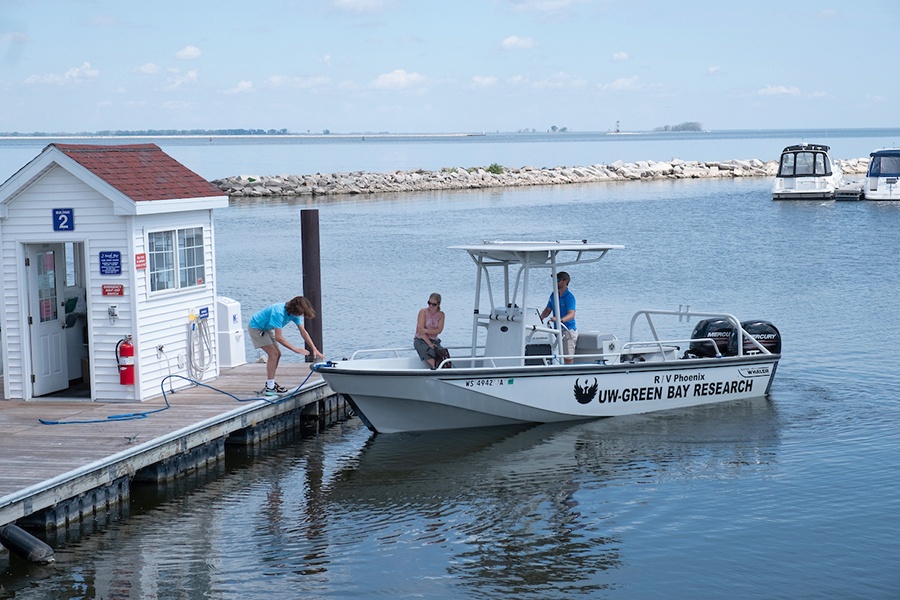
a one-of-a-kind Ecosystem
The NERR helps nurture work to address environmental issues in our communities.
The National Estuarine Research Reserve System (NERR) is a national network of 30 sites across the coastal U.S., including the Great Lakes, designed to protect and study estuaries and their coastal wetlands. With funding and guidance from the National Ocean and Atmospheric Administration (NOAA), we can begin new efforts to preserve this one-of-a-kind freshwater ecosystem. It's not just knowledge for the sake of knowledge; it's science that matters, with benefits ranging from education to economy.
Locally Relevant, Nationally Significant
With the NERR designation, we can address local coastal management issues like changing water levels, PFAS and harmful algae blooms while elevating the national and international visibility of Green Bay.
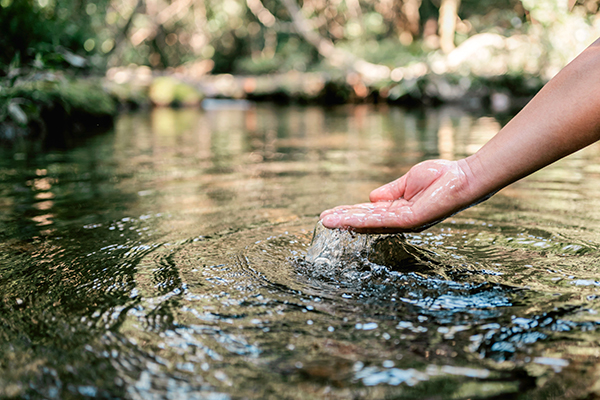
Protect Our Environment
Following the $1.5 billion cleanup and PCB removal of the Fox River from 2004 to 2020, the Reserve will lead and support efforts to restore critical habitats and protect the health of local waters, such as the ongoing work on the Lower Green Bay Area of Concern, whose boundaries overlap with proposed Reserve areas.
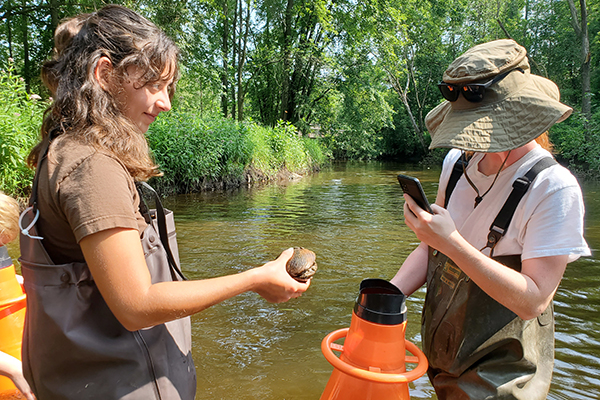
Promote STEM Education
There are 100+ schools within easy reach of the proposed Reserve, creating opportunities for K-12 students to learn through educational programming, field trips and hands-on science.
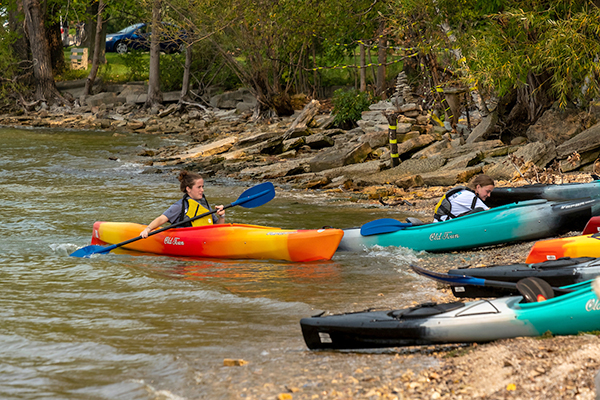
Contribute to Local Economy
As an example of impact, the Apalachicola NERR in Florida receives about 30,000 visitors each year and the built facilities are a regional hub for outdoor recreation. We imagine something similar for us. Visitors could stop in and learn about the best places to bird watch or hike, be connected to an on-site kayak outfitter or meet with a fishing guide.
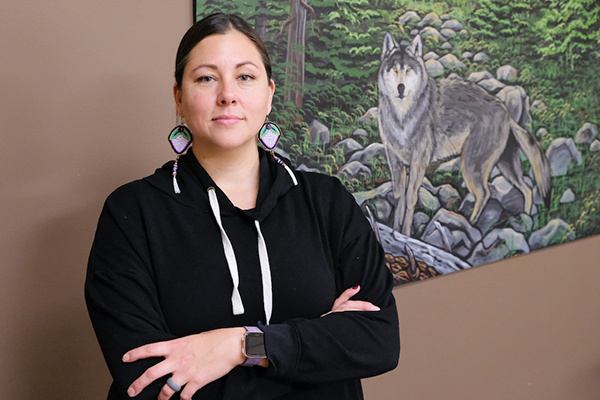
Encourage Cultural Heritage
Collaborating with Tribal partners, the Reserve will highlight and honor Wisconsin's First Nations' deep historical and cultural connections to the bay of Green Bay through education programs, seasonal events, historical exhibits and community-driven art projects.
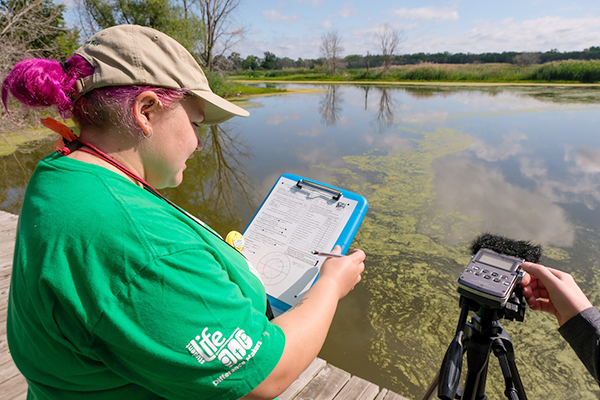
Test Out Advanced Technology
Through the Reserve, researchers will get access to a testing ground for cutting-edge tools and technology for environmental monitoring, data analysis, remote sensing, archiving, public accessibility and educational outreach.
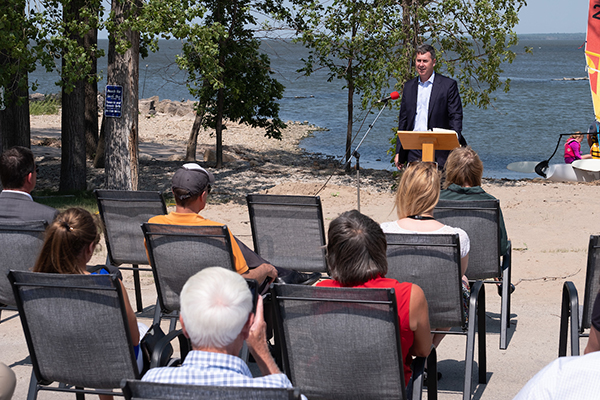
Inform Local Policy
Local decision makers will learn science-backed strategies to address pressing environmental issues, such as emerging contaminants, water quality and coastal flooding and infrastructure.
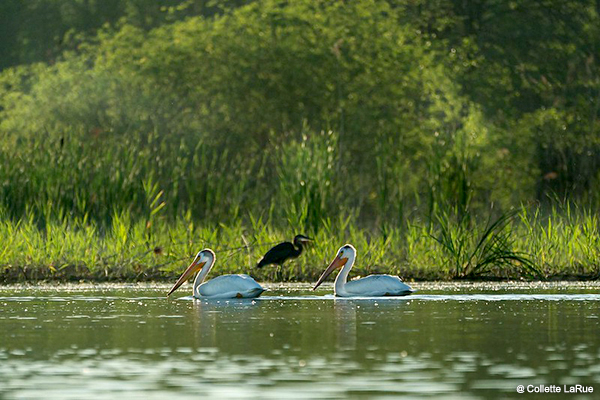
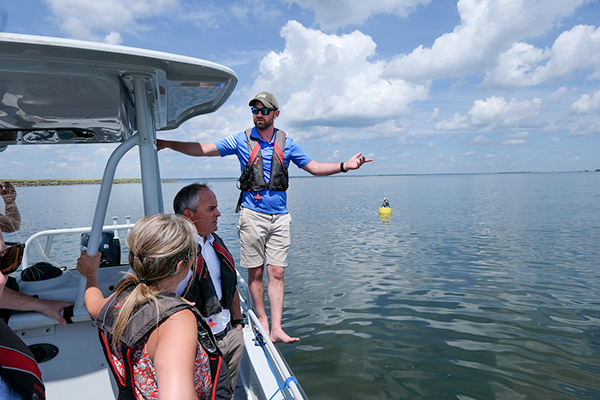
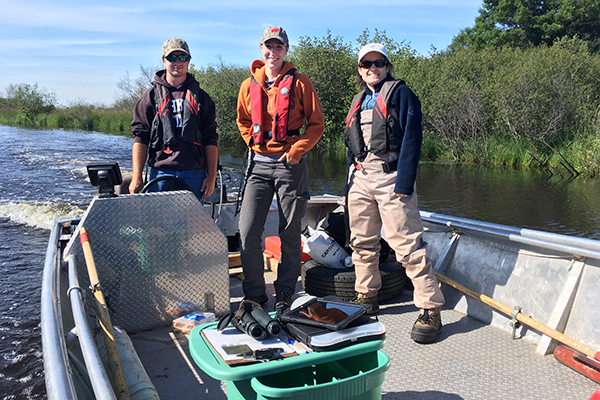
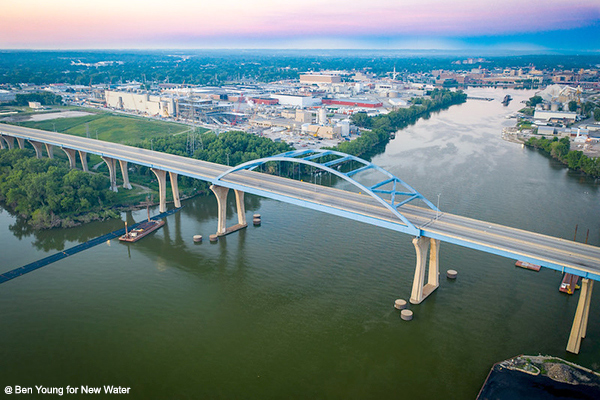
Water Runs Through It
Water touches all aspects of our lives and communities.
Wisconsin sits on ~20% of the world’s surface freshwater and 90% of the nation’s freshwater, which will increasingly become the envy of regions not so blessed. For our state, water is an integral part of our lives not just in science but also in historical connections, art and storytelling, and economic importance both in the past and for our future. Together with scientists, artists, museum directors and local policy makers, the NERR will champion our communities and celebrate NE Wisconsin's cultural heritage.
By the Numbers
Each Reserve is a partnership with the National Oceanic and Atmospheric Administration (NOAA) and focuses on protecting the surrounding community.
30 Protected Places
There are 30 protected places across the U.S., ranging from Alaska to Puerto Rico. That's about 1.4 million acres of public land and waters, including 4,500 miles of waterfront and diverse habitats. 95% of Reserves allow recreational fishing; 85% allow hunting.
$41.8 Million
Established through the Coastal Zone Management Act, the Reserves represent a partnership program between NOAA and the coastal states. NOAA provides funding and national guidance, and each site is managed daily by a lead State agency or university with input from local partners.
37,726 Acres
The Bay of Green Bay NERR is comprised of 10,630 acres of land/wetland, and 27,096 acres of open water. A group with local, State and Tribal representatives identified existing publicly owned land so there is no increase in local public taxes or funding required.
Explore the Boundaries
Look at our interactive map to see the Proposed Natural Area Site and where it is in relation to the Green Bay NERR areas.
Connect with Us!
Extra, extra! Read all about it! Sign up for our newsletter to stay up to date about upcoming programs, updates about NERR designation and more.
Stay Up to Date
The NERR is always making a splash in the news.
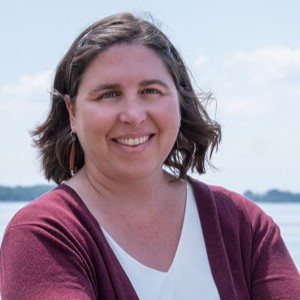
Ask an Expert
Meet Emily Tyner, Director of Freshwater Strategy and the lead behind NERR designation. With research experience from the Great Lakes to Lake Malawi in Africa, she's dedicated to improving water for communities. If you have questions about the NERR, she can help.